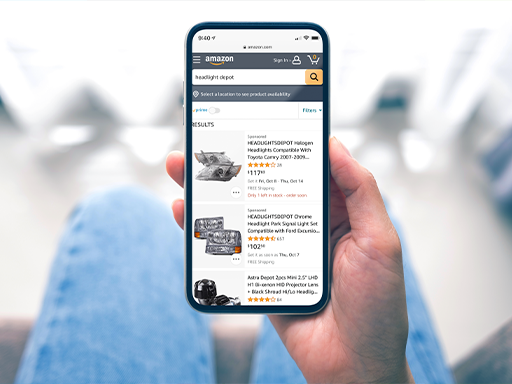You’re not advertising on Amazon, but you want to expand your advertising efforts. You don’t want to waste your time and money on a platform that won’t pay off. We get it—it can be a gamble to try out a new advertising platform. You have to get your products up to speed, learn the lingo, and develop a strategy. Before you dive head first into Amazon, you want to know: “Are Amazon ads effective?”
We want to help you make sure Amazon is right for you. In this blog, we help you discover how effective Amazon ads will be for your business. First, we’ll look at the four ad types available on Amazon. Then, we’ll discuss the best way to measure the effectiveness of your Amazon ads using profit. Finally, we’ll talk about how to adapt to unique business circumstances.
Let’s cover the basic ad types to get started!

What Are Amazon’s Advertising Formats?
There are three basic ad types available to Amazon advertisers: Sponsored Products, Sponsored Brands, and Sponsored Display. For advertisers that meet certain requirements, Amazon DSP is also an option. Depending on your business goals, Amazon ads are effective and could hold different value for your business—let’s take a look at each ad type.

Sponsored Products
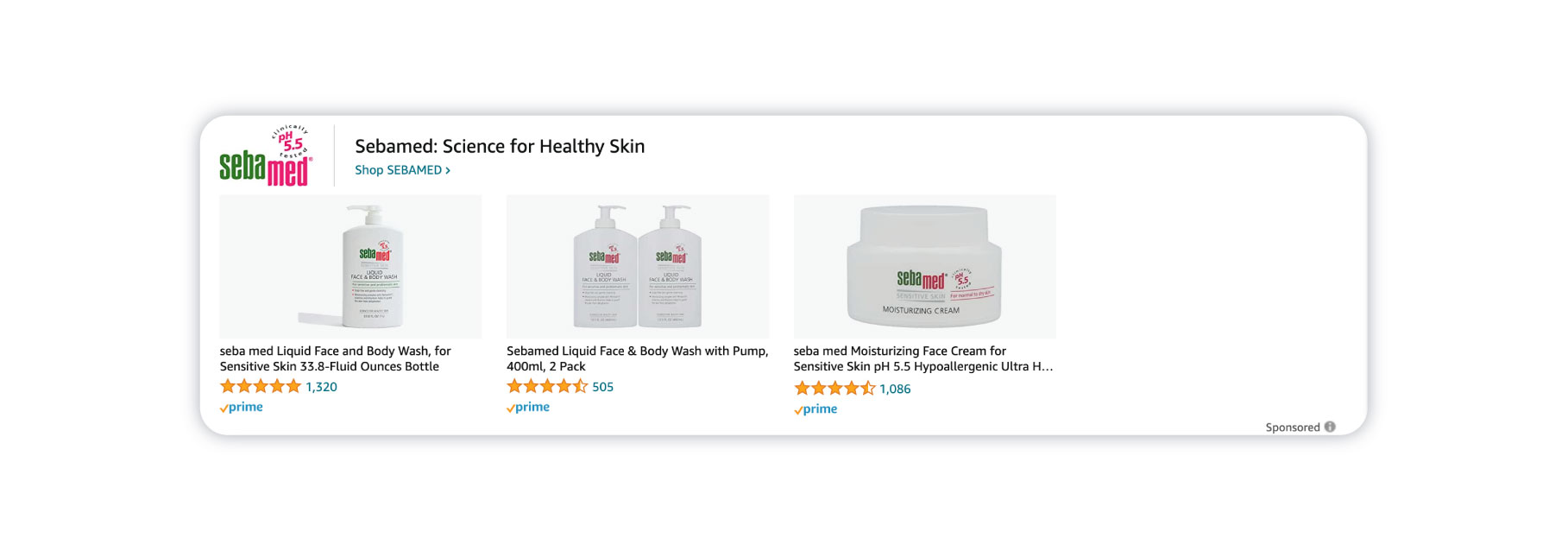
Sponsored Brands
Advertises must own their own brand in order to run these ads. Sponsored Brands consist of a banner with a logo, headline, and products, or a banner with categories, or a video for a product. The types of Sponsored Brands include product collection, store spotlight, and video. There are several placements for these ads: above search results, search results, and alongside search results.
These Amazon ads are effective for increasing brand awareness—since your products will appear alongside your logo at the top of (and alongside) Amazon search results. If you have products that have trouble staying price competitive, Sponsored Brands may be a good option for you.

Sponsored Display
Sponsored Display are display ads automatically generated by Amazon. The creative includes: product images, pricing, deals, star ratings, and a “shop now” CTA. These display ads appear on and off Amazon, which includes Amazon homepage, product detail pages, search results, and third-party website and apps. These ads can help keep your products top-of-mind.

Amazon DSP
Advertisers must spend a minimum of $35,000 to be eligible for Amazon DSP. Amazon DSP is essentially a more robust form of Sponsored Display—with more targeting options, placement, and control. Amazon DSP lets retailers buy display, video, and audio ads both on and off Amazon. Ads can appear on Amazon devices, Amazon-owned websites and apps, Amazon Music, and Amazon.com.

Are Your Amazon Ads Effective?
Now that you have an idea of which types of ads will work for your business, let’s look at how to measure Amazon ads effectiveness of your advertising efforts.
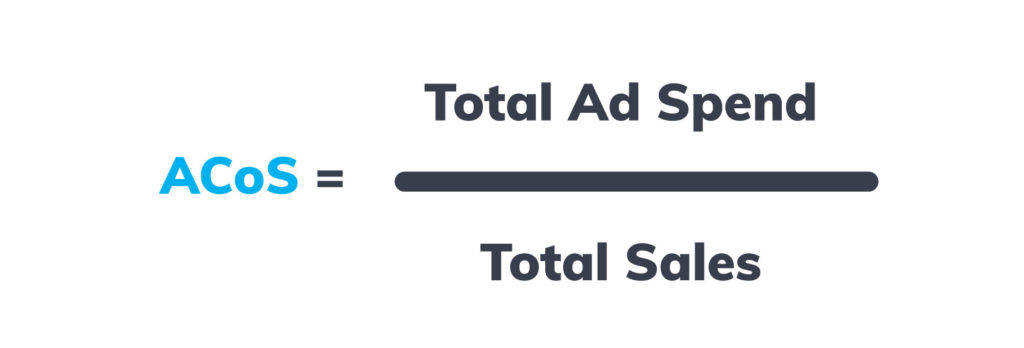
The Best Way to Measure Amazon Ads: Profit
Amazon’s standard metric for measuring success is ACoS or advertising cost of sales. The equation for Advertising Cost of Sales is: ACoS = Total Ad Spend / Total Sales. However, if you use ACoS alone to measure your success on Amazon, you’ll be missing part of the puzzle.
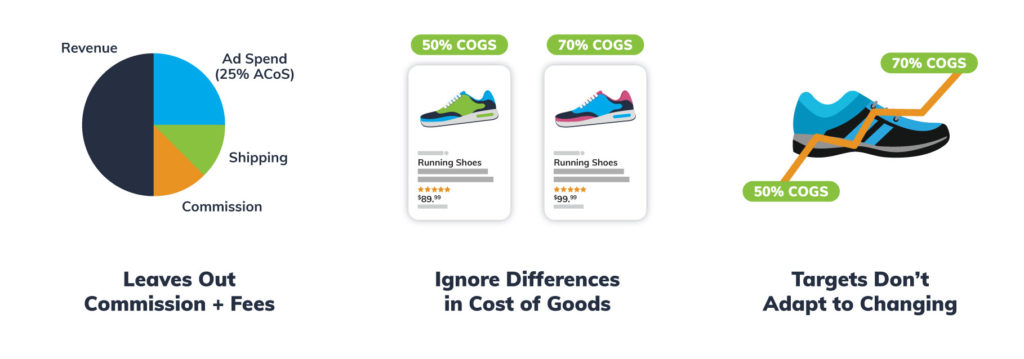
Why Not ACoS?
One of the major problems with ACoS is that it leaves out commission, fees, cost of goods, and changing cost. This is an issue because there are many costs associated with advertising on Amazon. If you don’t account for these costs, you may not be profitable.
How can you make sure you are profitable? Profit lets you account for these costs, so you know exactly how your ad spend is impacting your bottom line. If you want to learn more about ACoS, check out this whitepaper: How is ACoS calculated?
Now let’s look at how you can measure profit—to determine the effectiveness of your Amazon ads.

How to Measure Profit
Profit comes in many shapes in sizes in your Amazon account. The key to measuring profit starts with tracking costs on the SKU-level, so you know exactly how much profit your products are driving. Next, determine which products are profitable to advertise. After that, set up a profit-driven campaign structure.
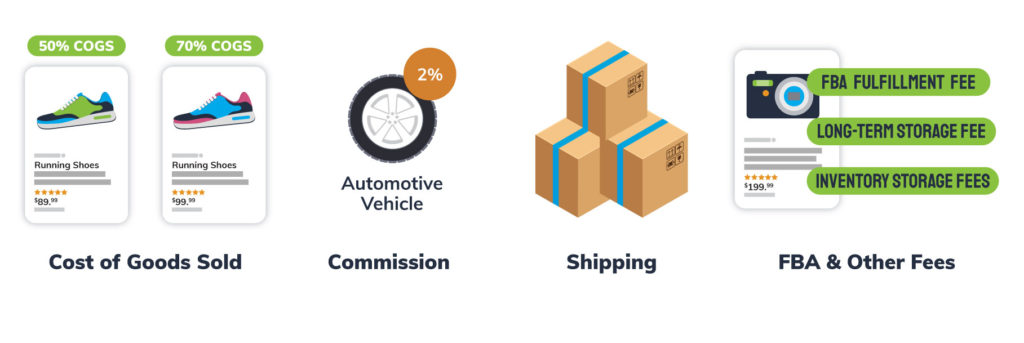
Costs to Include
Make sure to include costs at the SKU level for each product. These costs include cost of goods, variable overhead, commission, shipping costs, fulfillment, and any other important costs. Accounting for these cost, allows you to segment your products according to available margin—which will help you determine how profitable (and how effective) you Amazon ads are.

Not All Products Make Sense to Advertise: An Example
Next, you will need to calculate your total cost before you put money behind ad spend. For example, lets says you sell a product on Amazon for $30. If your total cost is $24 for that product, and you are spending $13.50 on ad spend, that product doesn’t make sense to advertise.
Read this blog for a step-by-step example: How to Account for Amazon Commission When Bidding.
Campaign Structure and Profit
Using a profit-driven campaign structure will help you direct ad spend and discover the profitability of each of your ad groups. Here are a few tips for structuring your Amazon campaigns to ensure that your Amazon ads are effective:
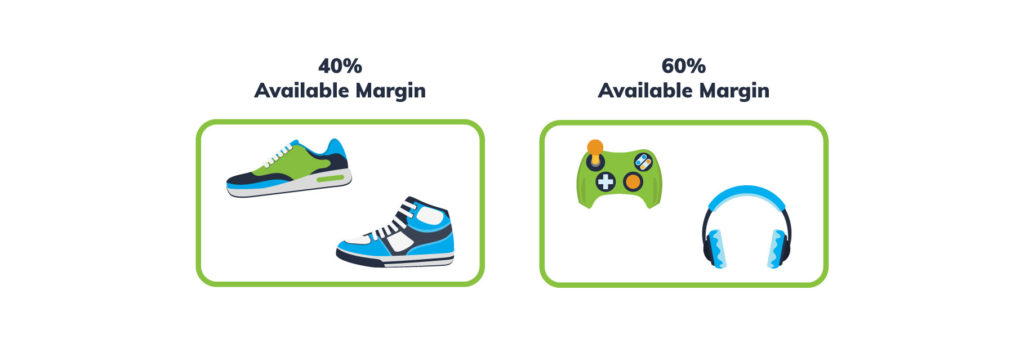
1) Adopt a Good Segmentation Strategy:
Segmenting your campaigns wisely is the first step to measuring profit on Amazon. Start by segmenting by margin. For example, it may make sense to put each high volume product in their own ad group, and group all other products narrowly together. You can further segment by category, pricing, and seasonality. By segmenting according to peak season, you can adjust bids for those products based on time of year instead of wasting money out of season.
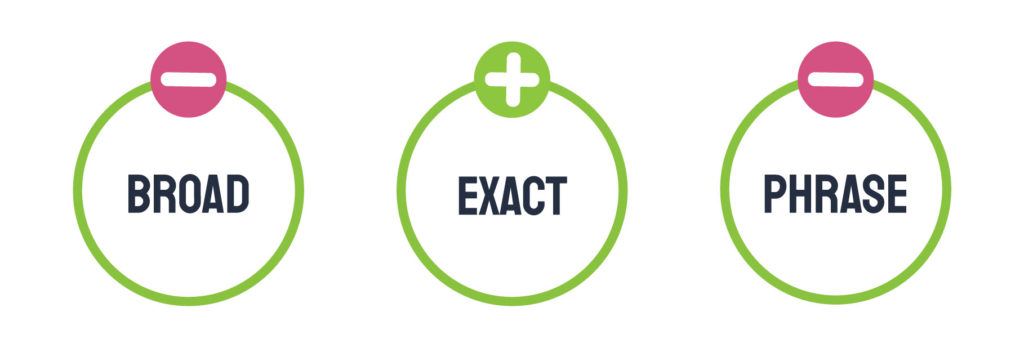
2) Develop a Solid Keyword Strategy:
A solid keyword strategy enables you to bid profitably on Amazon. Advertisers often put broad and exact match terms together, but those categories target very differently. Grouping broad and exact makes it hard to bid effectively, since you don’t know how much you can afford to spend to acquire a sale.
Instead, segment your queries by exact match, phrase match, and broad match. Bids the highest for exact match keywords. They’re more likely to convert, so they’re proven to be a better investment over time! Phrase and broad match keywords need lower bids, as they usually have lower conversion rates.

3) Add Your New Products:
Unadvertised products means untapped potential for profit. Unfortunately, adding new products to your ad campaign can be a tedious task, especially if you have a rapidly expanding product line. That’s why, at Omnitail, we’ve developed in-house tools that allow us to add hundreds of products in a fraction of the time.
With or without proprietary tools, advertising all of your products is worth your time for the increased profit it earns—so take the time to add new products and increase your Amazon ads effectiveness!
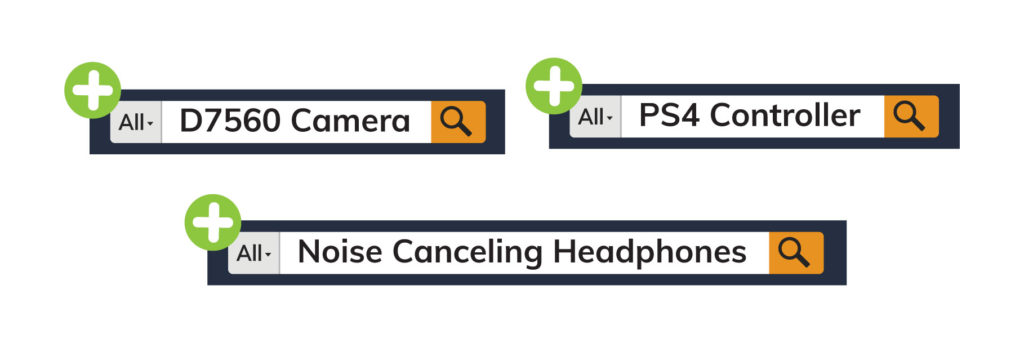
4) Add New Keywords:
If you don’t add new keywords, you’re missing out on potential sales that increase your profit. You can find which keywords to add by looking at Amazon reporting. From there, segment keywords correctly and stay on top of adding new keywords when you add new products.
Additionally, don’t forget about the products you’ve been selling for a while. Return to those products to see which keywords are under-performing and get rid of them! Learn more in this blog: How to Build a keyword List for Amazon.

Make Sure Your Amazon Ads are Effective!
By following these steps, you can ensure your Amazon ads are effective. First, determine which type of ads will help you achieve your goals on Amazon. You can simultaneously run different ad types, so consider testing different ad formats to find what works best for you.
Next, adopt a profit-driven Amazon strategy. This starts with using profit to track your success on Amazon. You can learn more about how to set profit-driven ACoS targets in our whitepaper here. After that, include costs, figure out which products will be profitable to advertise, and set up your campaigns, so you can direct ad spend and grow profit!
If you follow these steps, your Amazon ads will be more than effective. Need help managing your Amazon ads? We’re happy to help. Reach out to speak with an Omnitail analyst today, to learn how we can increase the effectiveness of your ad dollars on Amazon!

